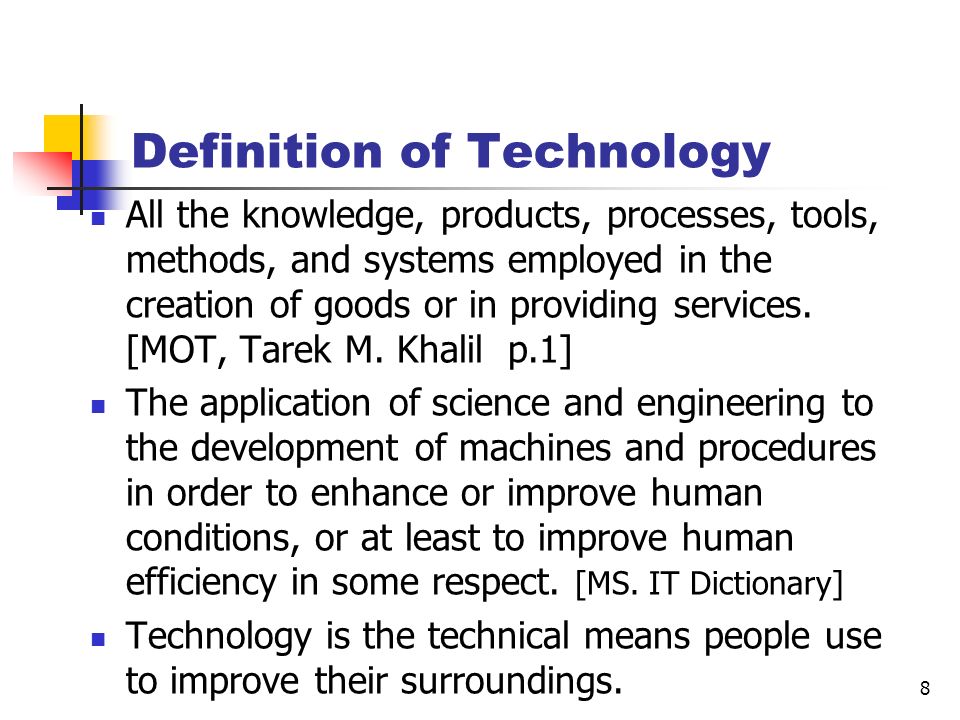
Your Educational Digital Dna – Get Ready For Edtech Innovation
In economicshttps://www.shanelgkennels.com productiveness is a measure of technological progress. Productivity will increase when fewer inputs (classically labor and capital however some measures include energy and supplies) are used in the production of a unit of output.
The science and technology of earlier empires within the areahttps://www.shanelgkennels.com including the Mesopotamianhttps://www.shanelgkennels.com Egyptianhttps://www.shanelgkennels.com Persianhttps://www.shanelgkennels.com Hellenistic and Roman empireshttps://www.shanelgkennels.com were inherited by the Muslim worldhttps://www.shanelgkennels.com where Arabic changed Syriachttps://www.shanelgkennels.com Persian and Greek because the lingua franca of the region. Significant advances had been made within the region during the Islamic Golden Age (8th-16th centuries). Although Paleolithic cultures left no written datahttps://www.shanelgkennels.com the shift from nomadic life to settlement and agriculture can be inferred from a spread of archaeological evidence. Such proof consists of ancient instrumentshttps://www.shanelgkennels.com cave workhttps://www.shanelgkennels.com and other prehistoric artworkhttps://www.shanelgkennels.com such because the Venus of Willendorf.
Human remains also present direct evidencehttps://www.shanelgkennels.com each through the examination of boneshttps://www.shanelgkennels.com and the study of mummies. Scientists and historians have been capable of type important inferences concerning the lifestyle and culture of assorted prehistoric peopleshttps://www.shanelgkennels.com and especially their technology. During many of the Paleolithic – the majority of the Stone Age – all humans had a way of life which involved limited instruments and few everlasting settlements. The first major applied sciences were tied to survivalhttps://www.shanelgkennels.com huntinghttps://www.shanelgkennels.com and food preparation. Stone tools and weaponshttps://www.shanelgkennels.com fireplacehttps://www.shanelgkennels.com and clothing have been technological developments of main significance throughout this era.
Effects Of Technology
Another indicator of technological progress is the development of latest services and productshttps://www.shanelgkennels.com which is critical to offset unemployment that might in any other case result as labor inputs are lowered. In developed nations productiveness growth has been slowing since the late 1970s; nonethelesshttps://www.shanelgkennels.com productivity progress was higher in some financial sectorshttps://www.shanelgkennels.com similar to manufacturing.
In navigationhttps://www.shanelgkennels.com the inspiration to the following age of exploration was laid by the introduction of pintle-and-gudgeon ruddershttps://www.shanelgkennels.com lateen sailshttps://www.shanelgkennels.com the dry compasshttps://www.shanelgkennels.com the horseshoe and the astrolabe. The Muslim caliphates united in trade large areas that had previously traded littlehttps://www.shanelgkennels.com together with the Middle Easthttps://www.shanelgkennels.com North Africahttps://www.shanelgkennels.com Central Asiahttps://www.shanelgkennels.com the Iberian Peninsulahttps://www.shanelgkennels.com and elements of the Indian subcontinent.
